
Overview
Dramatic blacks and pearly grays evoke profound scenes. Originating in China, ink painting was once part of Zen monks' ascetic training. It reveals the beauty of space in a simple, refined state and captivates the viewer, while conveying the Zen tenets. The art form took hold and matured in Kyoto in the 15th C. with masters, such as Josetsu and Sesshu, and Jakuchu in modern times, wielding great influence on the genre. Discover how ink painting evolved in the austere, spiritual climate of Kyoto.
-
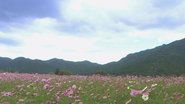 5 - 1Ohara: A Mountain Village Echoing with Buddhist Chants January 12, 2017
5 - 1Ohara: A Mountain Village Echoing with Buddhist Chants January 12, 2017 -
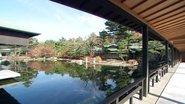 5 - 2
5 - 2 -
 5 - 3Public Baths: People Gather to Wash Their Troubles Away February 16, 2017
5 - 3Public Baths: People Gather to Wash Their Troubles Away February 16, 2017 -
 5 - 4
5 - 4 -
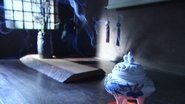 5 - 5
5 - 5 -
 5 - 6Kyoto Tofu: Subtle Taste Nourished by Skill and Pride April 20, 2017
5 - 6Kyoto Tofu: Subtle Taste Nourished by Skill and Pride April 20, 2017 -
 5 - 7
5 - 7 -
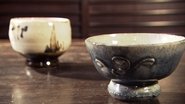 5 - 8
5 - 8 -
 5 - 9
5 - 9 -
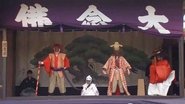 5 - 10
5 - 10 -
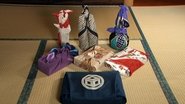 5 - 11The Custom of Wrapping: Conveying Hidden Sentiments July 06, 2017
5 - 11The Custom of Wrapping: Conveying Hidden Sentiments July 06, 2017 -
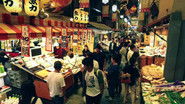 5 - 12Nishiki Market: Kyoto's Thriving Kitchen July 20, 2017
5 - 12Nishiki Market: Kyoto's Thriving Kitchen July 20, 2017 -
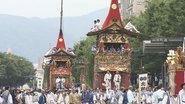 5 - 13Gion Matsuri Floats: The Pride of Generations Revived August 24, 2017
5 - 13Gion Matsuri Floats: The Pride of Generations Revived August 24, 2017 -
 5 - 14Ayu Sweetfish: A Summer Delicacy with Culture September 07, 2017
5 - 14Ayu Sweetfish: A Summer Delicacy with Culture September 07, 2017 -
 5 - 15Hidari-daimonji: Flames of Prayer to the Other Side September 21, 2017
5 - 15Hidari-daimonji: Flames of Prayer to the Other Side September 21, 2017 -
 5 - 16Kyoto Braided Cords: Bit Players That Shine October 05, 2017
5 - 16Kyoto Braided Cords: Bit Players That Shine October 05, 2017 -
 5 - 17Footwear Culture: Dressing the Feet for Form and Function October 19, 2017
5 - 17Footwear Culture: Dressing the Feet for Form and Function October 19, 2017 -
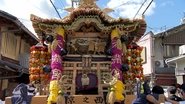 5 - 18Zuiki Matsuri: A Celebration of the Local Harvests November 02, 2017
5 - 18Zuiki Matsuri: A Celebration of the Local Harvests November 02, 2017 -
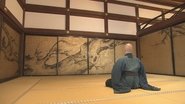 5 - 19Ink Paintings: Insights into the Heart of Zen November 16, 2017
5 - 19Ink Paintings: Insights into the Heart of Zen November 16, 2017 -
 5 - 20Kyoto Snacks: Sweets and Treats for Everyday People December 21, 2017
5 - 20Kyoto Snacks: Sweets and Treats for Everyday People December 21, 2017



